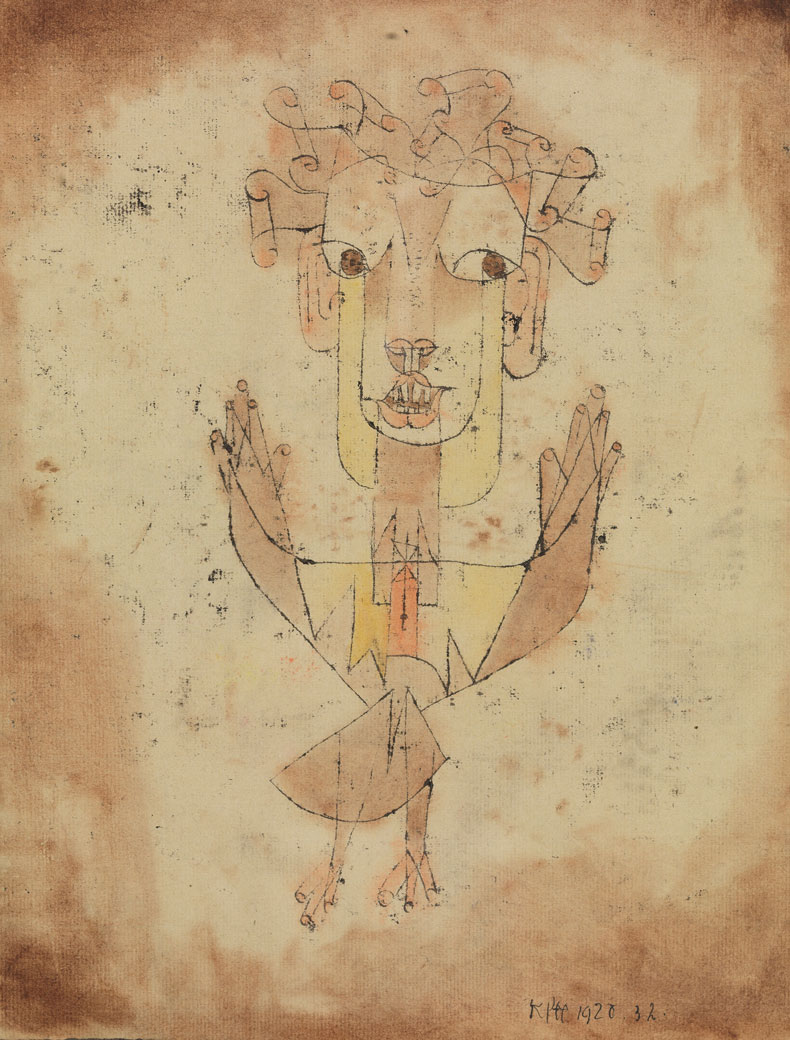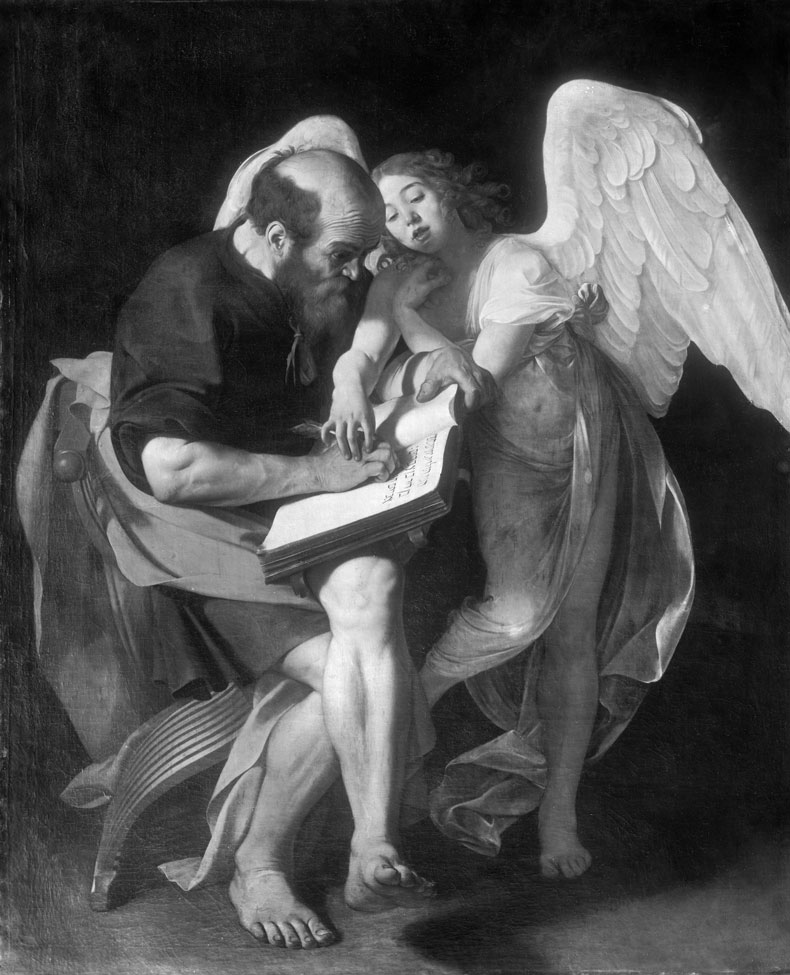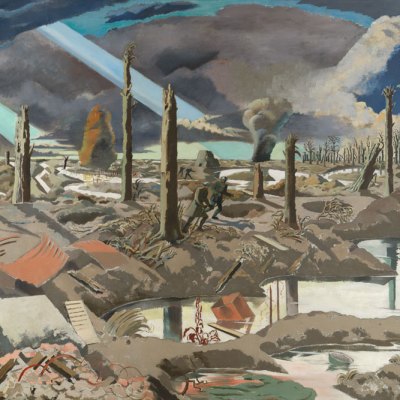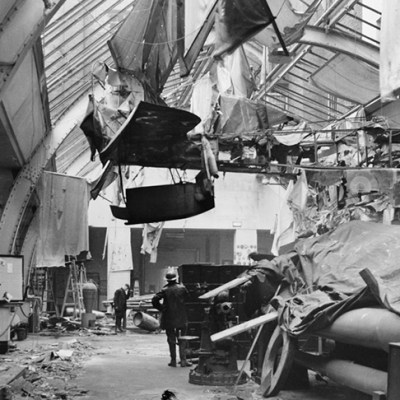The childlike figure in Paul Klee’s watercolour Angelus Novus (1920) cuts a haunting figure. Is it sending out a warning or pleading for peace? The work certainly made an impression on Walter Benjamin, who thought of it as an ‘angel of history’ with one face turned to the past even as it was being violently propelled into the future. Benjamin took the work with him when he fled Germany in 1933; he ended up in France later that year, and when the Nazis invaded he gave it to Georges Bataille for safekeeping before heading for Spain, where he would take his own life in 1940 to avoid being captured. The evident fragility of the work – the browned and speckled paper, the fading of some of the lines – gives it a particular charge, and the Bode-Museum is making it the centrepiece of an exhibition examining what Angelus Novus meant to Benjamin (8 May–13 July). It also features several angels from Berlin museums that were damaged in the Second World War.
Find out more from the Bode-Museum’s website.
Preview below | View Apollo’s Art Diary
Angelus Novus (1920), Paul Klee. Israel Museum, Jerusalem. Photo: © Elie Posner/Israel Museum, Jerusalem

Kneeling Angel (c. 1500), Giovambattista Bregno. Bode-Museum, Berlin. Photo: © Jörg P. Anders/Skulpturensammlung und Museum für Byzantinische Kunst, Staatliche Museen zu Berlin

A reproduction of Michelangelo Merisi da Caravaggio’s Saint Matthew with the Angel from the 16th or 17th century that was damaged in the Second World War. Gemäldegalerie, Berlin. Photo: © Jörg P. Anders/Gemäldegalerie, Staatliche Museen zu Berlin




